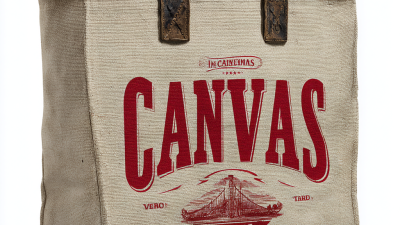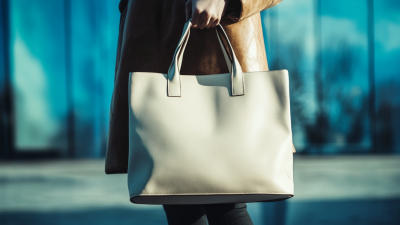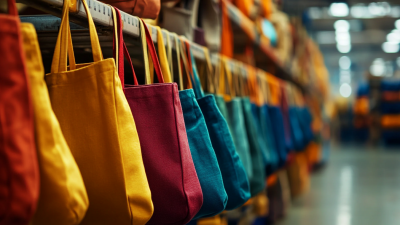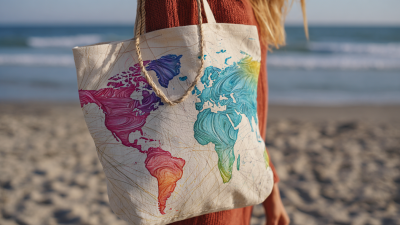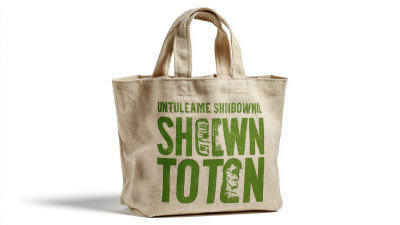As we approach the 138th Canton Fair in 2025, the evolution of tote bags stands at the forefront of consumer trends and market dynamics. This iconic accessory has seen a resurgence in popularity, driven by growing environmental consciousness and a shift towards sustainable fashion. According to a recent report by Allied Market Research, the global tote bag market is projected to reach $4.5 billion by 2027, expanding at a CAGR of 5.2%. This growth reflects not only the appeal of tote bags as eco-friendly alternatives to single-use plastics but also their integration into everyday fashion.
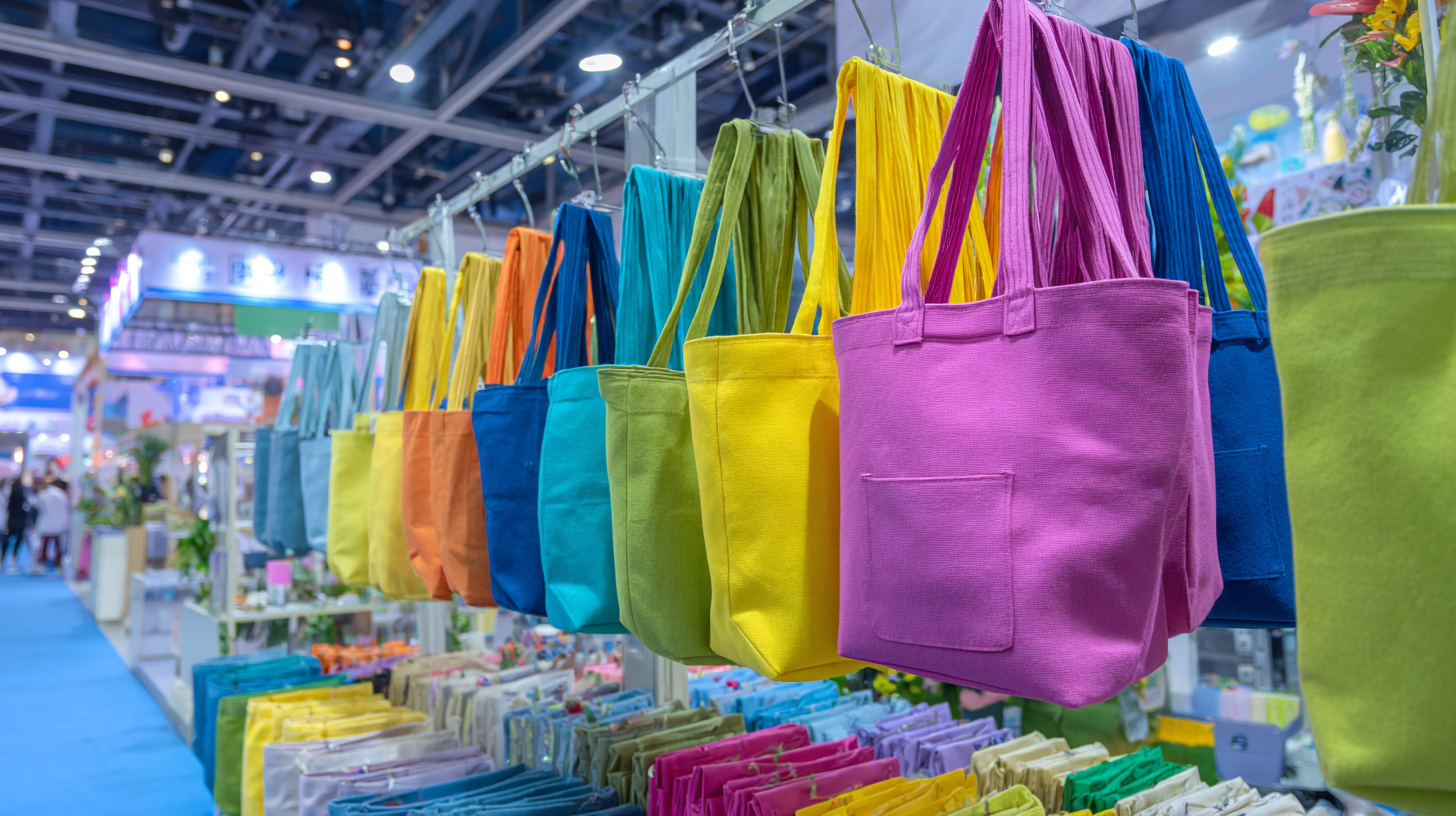
The Canton Fair, recognized as a critical platform for businesses and manufacturers, is expected to showcase innovative designs and materials that cater to the changing consumer preferences. By exploring the trends and market insights at this pivotal event, stakeholders can gain a comprehensive understanding of the future trajectory of tote bags in both domestic and international markets.
As the 138th Canton Fair 2025 approaches, the tote bag industry is poised for significant transformation, driven by an increasing emphasis on sustainability and innovation. According to a recent market report by Grand View Research, the global eco-friendly tote bag market is expected to reach $12.6 billion by 2028, growing at a CAGR of 8.1%. This surge is largely due to a rising consumer demand for sustainable and ethically produced products. Manufacturers are now prioritizing biodegradable materials, recycled plastics, and organic textiles that minimize environmental impact.
Emerging materials such as hemp, organic cotton, and mycelium are gaining traction, not only for their sustainability credentials but also for their durability and design versatility. Research conducted by Mordor Intelligence indicates that the market for sustainable materials in fashion accessories, including tote bags, will grow significantly, driven by a shift in consumer preferences towards environmentally-friendly alternatives. Companies participating in the Canton Fair are expected to showcase innovative designs that incorporate these materials, reinforcing the industry's commitment to sustainability while meeting the aesthetic desires of today's consumers. As we move toward 2025, the integration of these sustainable materials into tote bag production will be a key determinant of market success and brand loyalty.
The demand for tote bags has seen a significant surge in the post-pandemic landscape, driven by evolving consumer preferences and the growth of e-commerce. As individuals increasingly prioritize hygiene and cleanliness in their daily lives, the appeal of versatile and reusable tote bags has grown. These bags not only serve as a practical solution for carrying personal belongings but also align with environmentally conscious practices, thereby appealing to a broader customer base.
In markets such as Indonesia and Vietnam, the rise of the middle class is further propelling the demand for tote bags, as consumers seek stylish yet functional accessories that complement their lifestyle. Insights from recent market research suggest that as digital economies expand, particularly in Southeast Asia, the exploration of tote bags as a fashion statement and utility item is expected to evolve. Consumers are inclined to invest in innovative designs that integrate advanced technology, enhancing their usability while adhering to modern cleanliness standards. This trend highlights a pivotal shift in consumer behavior, reflecting a desire for products that offer both aesthetics and practicality in everyday use.
| Year | Market Growth (%) | Key Trends | Consumer Preferences | Sustainability Focus (%) |
|---|---|---|---|---|
| 2021 | 5.0% | Increased usage of recycled materials | Preference for eco-friendly options | 60% |
| 2022 | 12.0% | Customization options | Desire for personalized products | 65% |
| 2023 | 15.5% | Smart features integration | Interest in functionality | 70% |
| 2024 | 18.2% | Fashion collaborations | Trend-sensitive choices | 75% |
| 2025 | 20.5% | Tech integration | Hybrid lifestyle adaptability | 80% |
The rise of e-commerce has significantly reshaped the handbag market, particularly for tote bags, as reported by the Global Tote Bag Market Analysis 2023. It is projected that by 2025, e-commerce sales of tote bags will account for approximately 45% of the total market share, driven by the growing consumer preference for online shopping convenience. This shift not only enhances visibility for brands but also facilitates a direct connection between consumers and manufacturers, empowering businesses to tailor their products to meet evolving consumer demands effectively.
Moreover, with a forecasted market growth rate of 6.5% annually, tote bags are increasingly prioritizing sustainable materials and innovative designs. E-commerce platforms play a pivotal role in educating consumers about eco-friendly tote options, highlighting brands that focus on environmental responsibility. According to the 2023 Sustainability Report, 70% of millennials are willing to pay a premium for sustainable products, which underscores the importance of aligning marketing strategies with these values. The intersection of e-commerce and sustainability will significantly influence tote bag sales dynamics, offering opportunities for brands to engage with a more conscious consumer base at the 138th Canton Fair in 2025.
The upcoming 138th Canton Fair in 2025 is poised to showcase significant trends in the tote bag market, reflecting changes in consumer preferences and regional trade dynamics. According to McKinsey’s latest "State of the Consumer" report, global consumer behavior is evolving rapidly, with sustainability and practicality transitioning from trends to permanent expectations in purchasing decisions. This shift is particularly noticeable in the tote bag segment, where eco-friendly materials and innovative designs are gaining traction among consumers looking for both style and functionality.
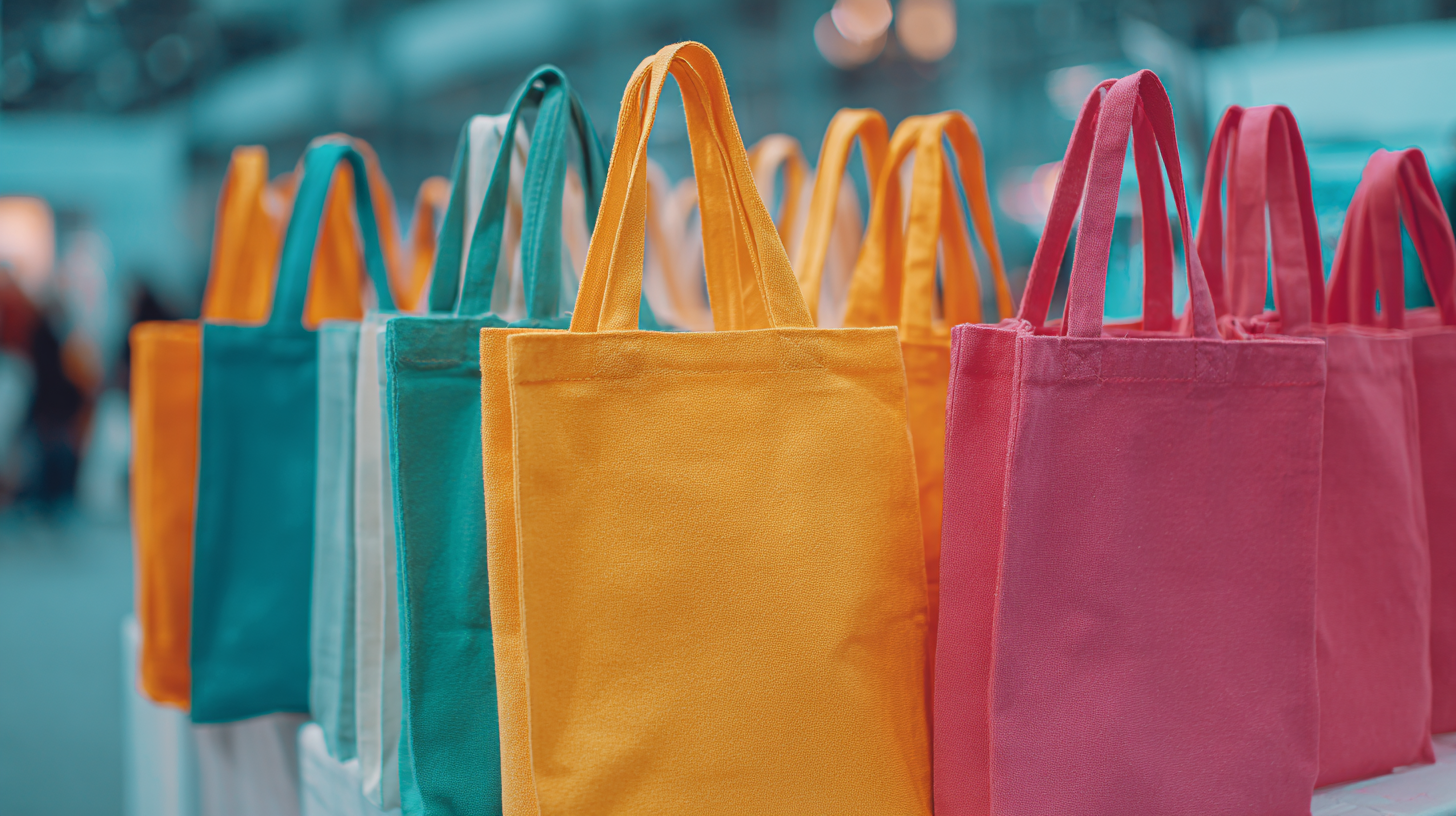
Regional insights from the market indicate a growing demand for tote bags across several key markets, driven by initiatives such as China’s Belt and Road Initiative, which has enhanced connectivity and trade between Asia and other regions. Recent investments in infrastructure are expected to significantly bolster the logistical capabilities of countries along these routes, making it easier to distribute tote bags efficiently. Moreover, the African Continental Free Trade Area (AfCFTA) is forecasted to increase intra-African trade, granting Nigerian consumers access to a wider array of tote bag options at competitive prices, thus reshaping market dynamics in this sector.
At the 138th Canton Fair in 2025, the tote bag industry will showcase both established brands and innovative startups navigating the competitive landscape. Leading brands have adapted to the evolving demands for sustainable and stylish designs, focusing on eco-friendly materials and multifunctional features. Companies like Longchamp and Gucci continually set benchmarks with their luxury tote collections, emphasizing meticulous craftsmanship and timeless appeal. Their marketing strategies highlight the fusion of fashion with practicality, appealing to a wide consumer base that seeks both utility and elegance.
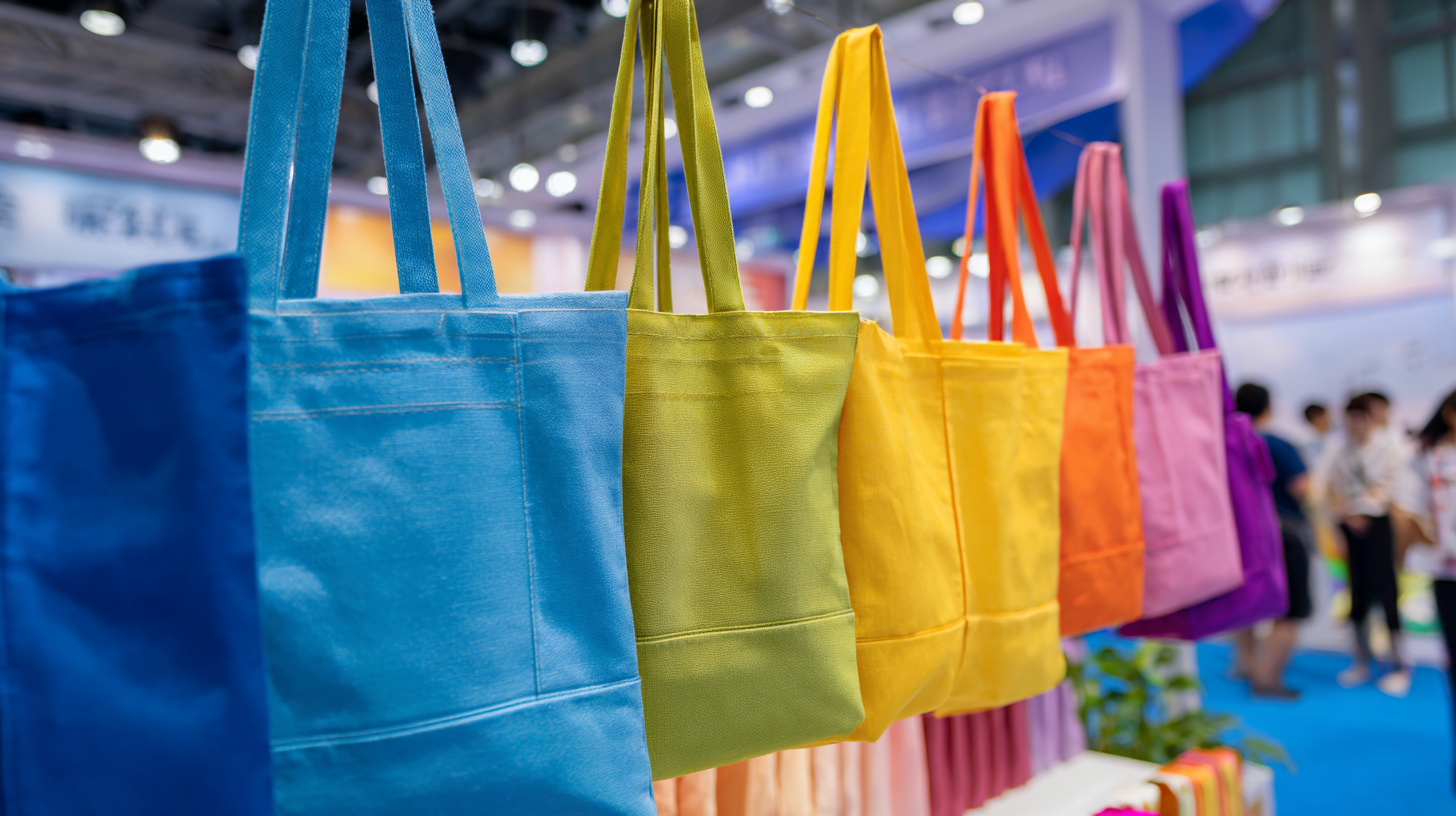 Emerging startups, on the other hand, are reshaping the market with fresh concepts and vibrant designs that cater to younger demographics. Brands such as Baggu and Totes Adorbs are gaining traction by leveraging social media platforms for marketing. They prioritize unique aesthetics and affordability, often incorporating playful patterns and sustainable production methods. As competition intensifies, these nascent companies must navigate the established giants while carving out niche markets characterized by artistic expression and environmental consciousness. The dynamic interplay between seasoned players and newcomers is set to define the future trajectory of the tote bag industry.
Emerging startups, on the other hand, are reshaping the market with fresh concepts and vibrant designs that cater to younger demographics. Brands such as Baggu and Totes Adorbs are gaining traction by leveraging social media platforms for marketing. They prioritize unique aesthetics and affordability, often incorporating playful patterns and sustainable production methods. As competition intensifies, these nascent companies must navigate the established giants while carving out niche markets characterized by artistic expression and environmental consciousness. The dynamic interplay between seasoned players and newcomers is set to define the future trajectory of the tote bag industry.
